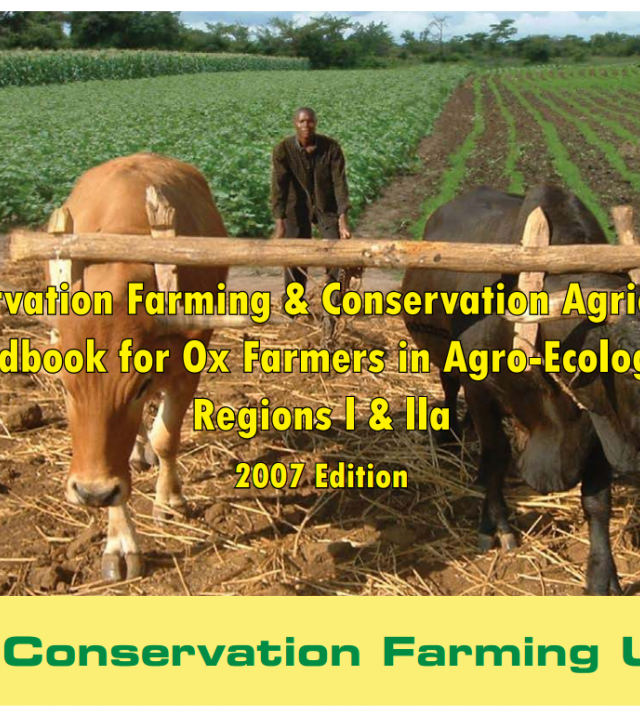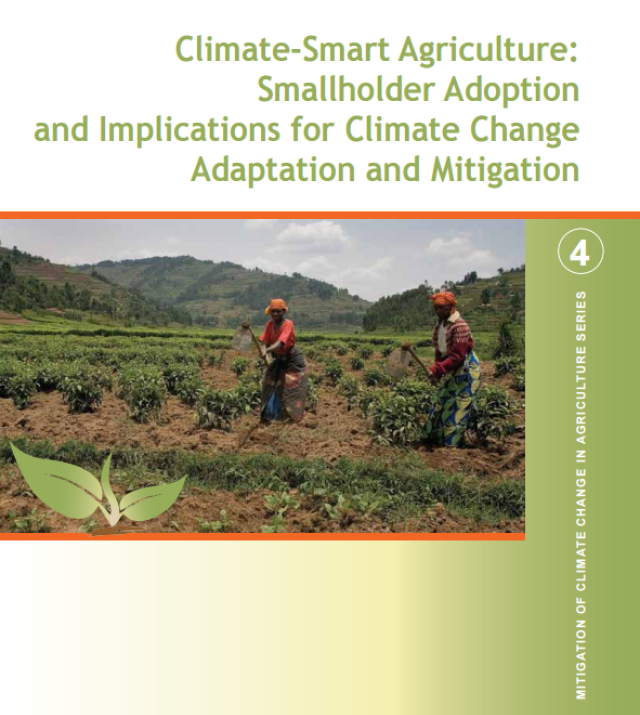
The Economics of Conservation Agriculture

Conservation agriculture (CA) aims to make better use of agricultural resources through the integrated management of available soil, water and biological resources, combined with limited external inputs. It contributes to environmental conservation and to sustainable agricultural production by maintaining a permanent or semi-permanent organic soil cover. Zero or minimum tillage, direct seeding and a varied crop rotation are important elements of CA.
The aim of this study is to identify and analyse the financial and other conditions that spur farmers to adopt CA practices. The study reviews the literature and analyses the economics of technology adoption at farm level. It identifies divergences between privately appropriable benefits and national or global economic benefits stemming from an expansion of the area under CA. It also examines the policies and options for bridging these, particularly in the light of the current policy setting in both developed and developing countries.
It examines the concept of CA and discusses the economic benefits of CA in order to develop a rationale for intervention at the national and international levels to promote CA adoption. It then presents a conceptual framework to help understand the influences that correlate with the adoption of CA by farmers. Chapter 2 analyses the farm-level situation in terms of financial incentives for adoption and other factors. Chapter 3 discusses the existing policy setting for CA and highlights new directions for policy. Chapter 4 presents conclusions and recommendations from the study. The appendixes provide summaries of other studies examined in the course of the research.

